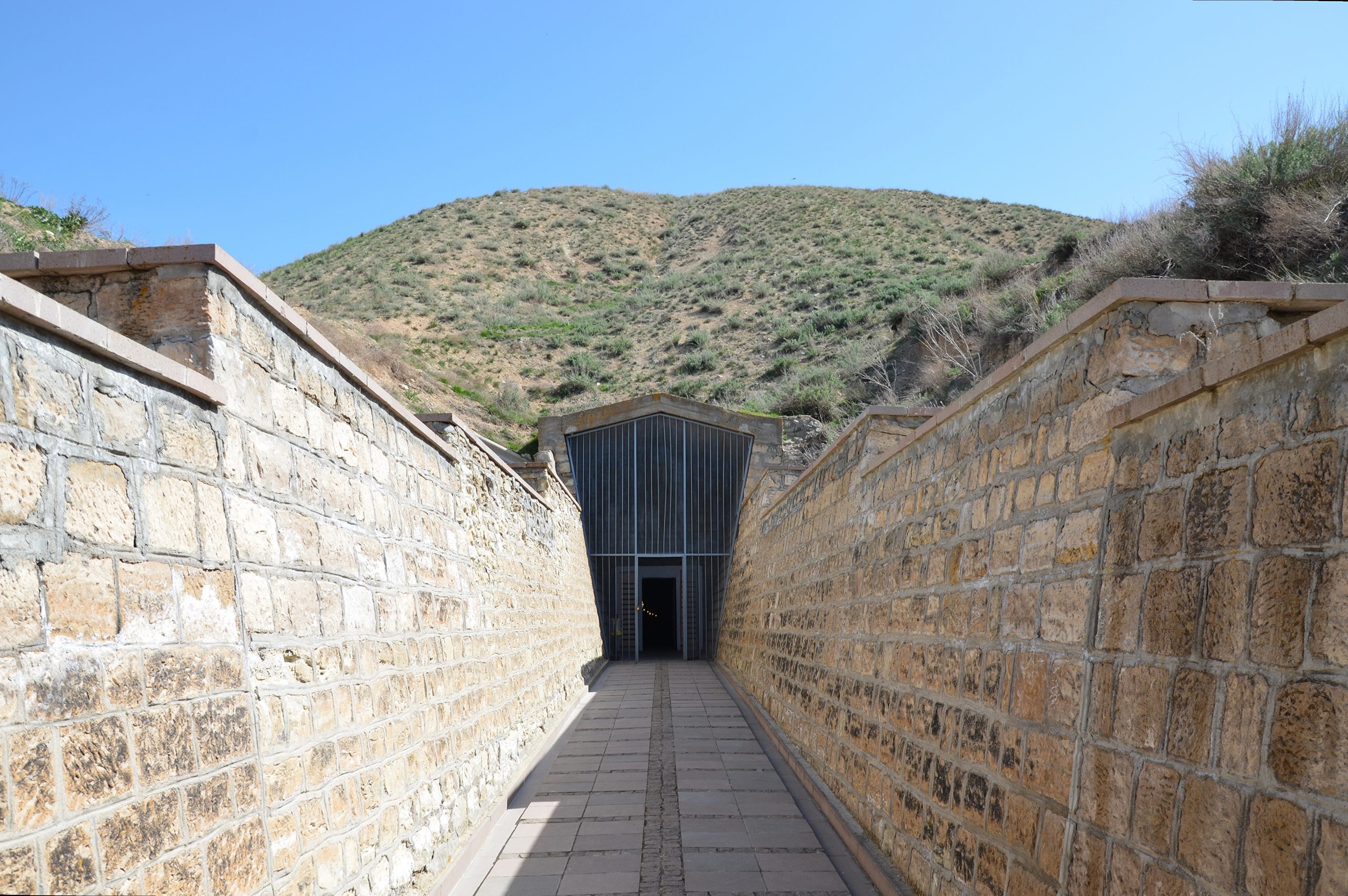
This article was originally published on Eos.
“What Tree Rings Reveal About the Decline of the Hittite Empire”, Along with Egypt and Babylonia, the Hittite Empire was one of the great powers in the eastern Mediterranean and Near East during the Late Bronze Age. For more than 500 years, the empire’s military might and socio-political sophistication allowed the Hittites to control a strategic region spanning eastern Anatolia and the northern Levant.
But around 1200 BC the empire crumbled. Researchers cite armed conflict, disease and political crises as contributing to its decline. Evidence hidden in ancient juniper trees points to what may have triggered the domino effect of disasters: prolonged drought.
The Lion Gate marks the entrance to the ancient Hittite capital of Hattusa, in present-day Turkey. (Courtesy of: Carol Radato, CC BY-SA 2.0)
The missing piece of the puzzle
In 2020, a group of scientists led by Cornell University archaeologist Sturt Manning began analyzing samples of juniper trunks used to build the outer wall of a tomb in present-day Turkey. The burial chamberbuilt in 740 BC Phrygian the capital of Gordion (near present-day Ankara), is the oldest standing wooden building in the world. The tomb is covered by an artificial mound about 53 meters (170 ft) high and 300 meters (1,000 ft) in diameter.
Juniper is characterized by longevity, with some trees living up to a thousand years. Manning and his colleagues analyzed more than 1,500 rings from the tomb’s 18 oldest trunks, dating between 1775 and 750 BC.
For junipers in semi-arid conditions such as those around Gordion, a a thicker ring indicates wetter conditions during growth; a tree grows thinner rings when water is scarcer. The ratio of carbon stable isotopes (13C and 12C) in the tree ring is also related to moisture during growth. When a tree is stressed by heat or lack of water, the pores in its leaves become smaller to conserve moisture, and the lighter isotope (13C) is preferentially taken up and incorporated into the outer ring. In the analysis, more 13C in a ring is a sign of drier conditions, Manning explains.
The juniper analysis published in Nature, reveals a general shift to drier conditions from the late 13th to the 12th century BC. The most dramatic period was a severe drought between 1198 and 1196 BC.
A multi-year drought would be fatal to crops, possibly contributing to famine, poverty and social unrest. Archaeologist from the University of Edinburgh Wolf-Dietrich Schoep, who was not involved in the study, said the extreme centralization of resources and infrastructure, as well as the widespread deforestation associated with agriculture and livestock, may have increased Hittite vulnerability even before the drought. Hittite leaders “took risks and were part of the domino effect,” he says. “Once [the empire] began to fall and took everything with it.
The Hittites had strategies for resilience and adaptation to the dryness of the environment. But they weren’t prepared for a sustained scenario, Manning explains. “Two or three [separate] the years of extremely dry weather were a bit of a crisis, but two or three together turned into real capital ° С crisis.”
For John MarstonAccording to an environmental archaeologist at Boston University who was not part of the study, Manning and his colleagues’ work identifies the moment when drought became a broad societal problem rather than just an aspect of living in a relatively dry environment.
The Hittite drought scenario was a real stress because it was a once-in-a-century event that the state failed to deal with, Marston says. “And if the state can’t provide that backup, then why should the public trust them?”
Tree rings hint at the fall of the Hittite Empire Source link

